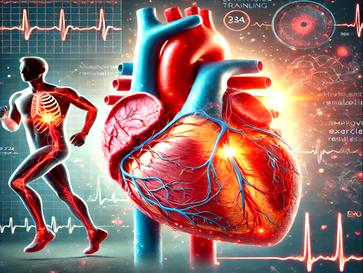The Leading Cause of Death Worldwide
Cardiovascular disease (CVD) is a leading cause of morbidity and mortality worldwide. CVD is responsible for an estimated 18 million deaths each year, and approximately 1 in every 3 people dies of CVD globally. Myocardial infarction, commonly known as a heart attack, occurs when blood flow to the heart is blocked, leading to tissue damage. Restoring blood flow is essential, but it can also result in further harm due to inflammation, oxidative stress, and cell death. This damage significantly increases the risk of developing heart failure, a condition impacting over 64 million people globally. Addressing myocardial infarction's aftermath is critical to reducing heart failure rates and improving patient outcomes.
From Medication to Movement: The Role of Exercise in Post-MI Recovery
Post-MI rehabilitation has evolved from passive recovery to structured exercise programs, recognizing the crucial role of physical activity in cardiac recovery. Current treatment protocols primarily focus on medication to mitigate pathological remodeling, alongside recommendations for light, independent exercise. However, formal rehabilitation programs often begin weeks after the event, typically under medical supervision.
Our Mission and Goals
At Qvit Lab, we are investigating the impact of exercise training on cardiac remodeling post-MI using advanced research tools, including metabolic chambers. These chambers allow us to monitor energy expenditure, oxygen consumption, and overall metabolic activity in response to exercise interventions. By integrating metabolic data with physiological and molecular assessments, we aim to uncover the precise mechanisms by which physical activity influences cardiac function, inflammation, autonomic regulation, and recovery biomarkers. This research provides critical insights into optimizing rehabilitation strategies and improving outcomes for post-MI patients.

